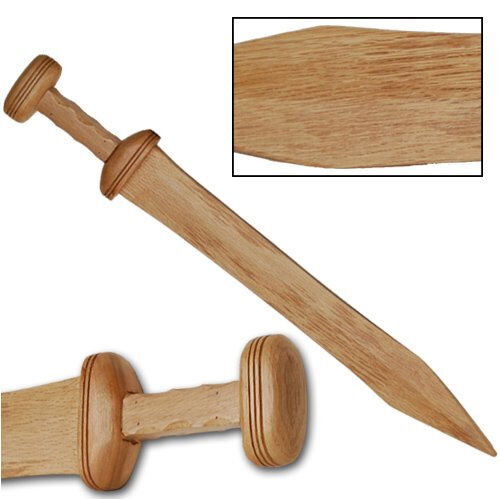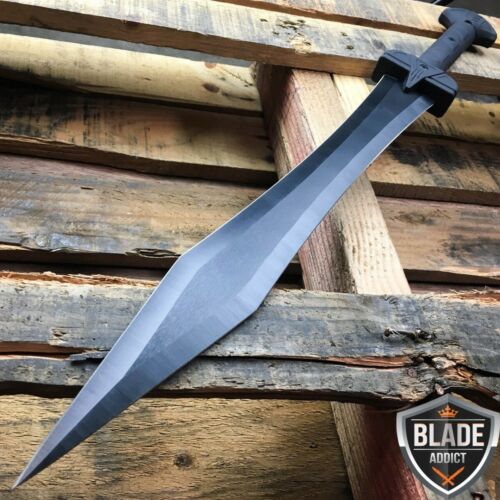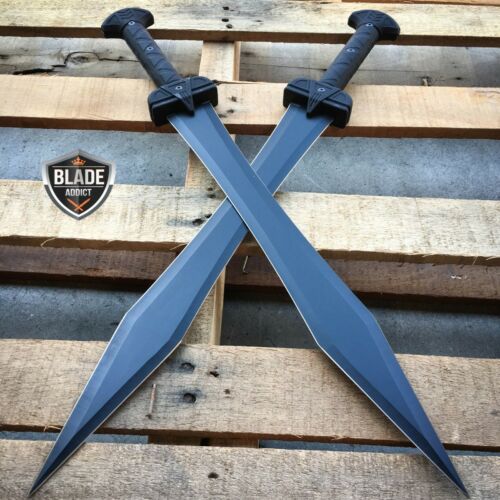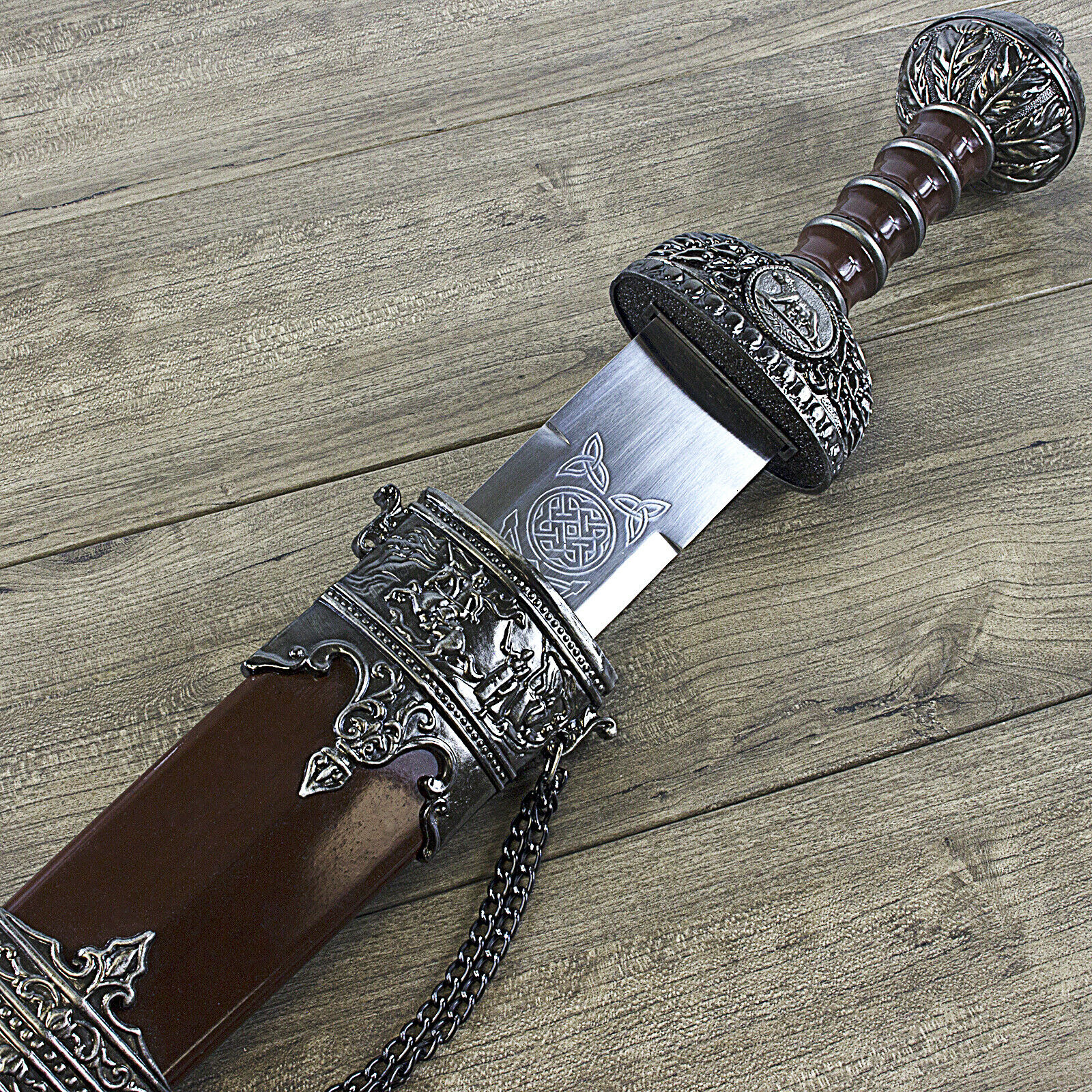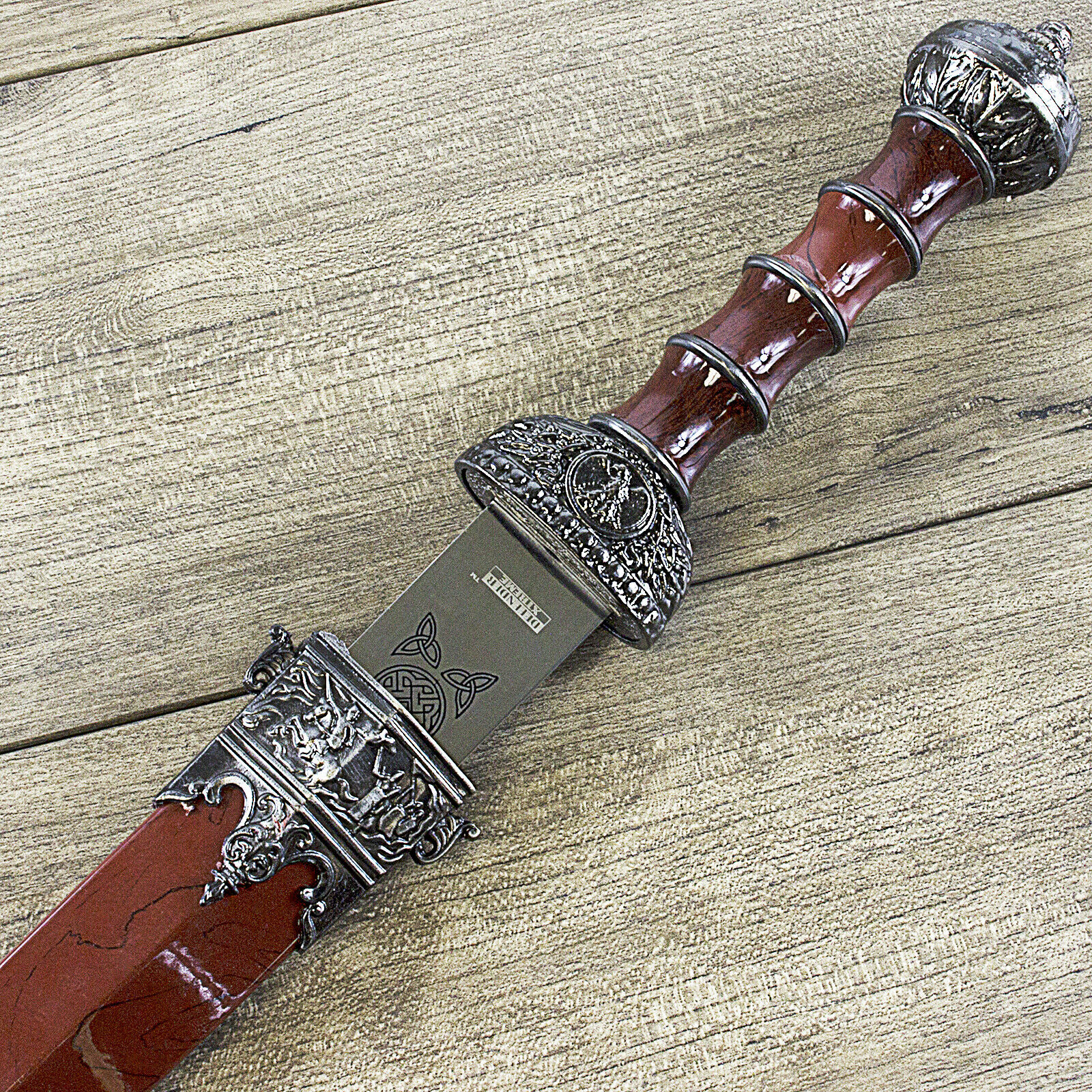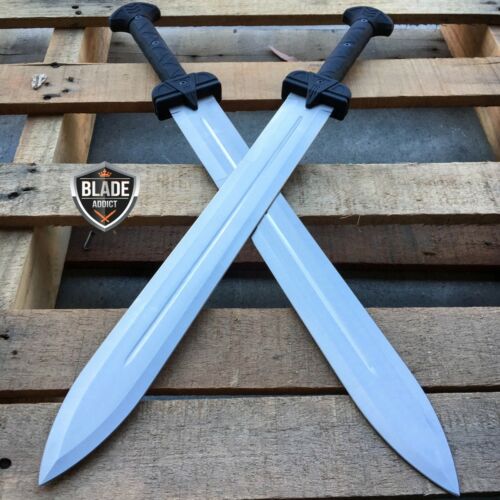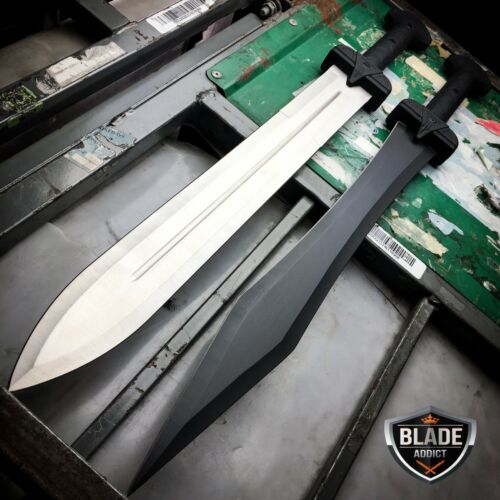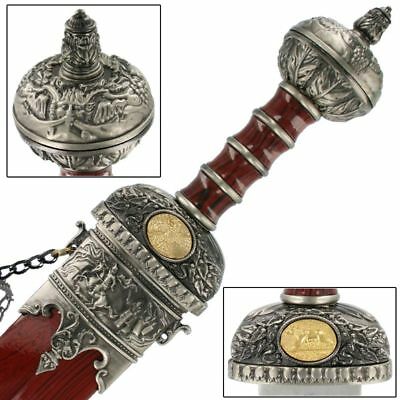-40%
Roman commander officer parade shield scutum trophy legate tribune legionary
$ 368.54
- Description
- Size Guide
Description
Roman commander officer parade shield scutum legate tribune legionary centurion or Roman monument panoply of arms trophy style. These shields are custom made to order and each each will look a little different as each one is hand made in high relief cold cast art work on a wooden shield with linen covering. Height will vary but this one pictured is 46 inches tall.You are buying one shield only. You can use the designs shown to customize your own shield. Roman commander or officer highly decorated scutum shield. Can be used by either a legate, tribune, prefect or even a legionary centurion. It is my personal belief based on my many trips to Rome and every major Roman museum in Western Europe that many legionary shields actually displayed raised art work on them. As no Roman Empire legionary battle shields have ever been recovered (except for parade shield only) , most believe that shields were only painted. The sculptural evidence points to a deferent conclusion. Almost all sculptural Roman military shields shows raised art work on them. A shield was also the badge of a particular legion and it's defining character as to which legion they belonged too. In the second battle of Cremona, two Romans soldiers fighting for Vespasian's side took the shields (only the shields) of two dead Romans soldiers fighting for Vitellius. Using these shields only, they were able to infiltrate Vitellius line's and cut the ropes of a massive scorpion ballista that was doing great damage to the forces of Vespasian. On top of all this, this was a nighttime battle and painted shields would have been extremely hard to see or make out in the dark. However it would have been easier to see those shields using raised art work as even moon light can cast shadows. The Romans were masters of casting things in molds. They did it with bronze, lead, gold, silver, copper, oricalcum, brass, glass, terracotta and many other materials. They were also masters of using and developing different types of glue. One example is that the Romans actually invented a super glue 2,000 years ago and used that glue to hold on a thin silver wreath onto the famous Roman Xantan helmet. It has held for over 2,000 years that was once in the bed of the Rhine, in rain, mud and dirt. Look it up for yourself. By mixing wood pulp in with a boding agent such as horse huff glue (or any other bonding agent), they could cast hundreds of pliable shield decorations in plaster molds and outfit an entire legion with the same decorations. Some will say to discredit these shields that this was done on those shields sculpted or sanctioned and built by the Roman Government and thus monuments built by the State is not proof enough. For those who already use Roman monuments to say this or that was done based on the sculptural evidence, they then cannot also discredit or deny this is a possibility if they themselves use Roman monuments to support their own analysis of this or that Roman military hardware or battle design. However, this type of decorated art work is also found on shields that were privately paid for by Roman citizens on their own personal grave marker (stele or stelae) such as Gnaeus Musius, an aquilifier (eagle bearer) of Legio XIV Gemina, which shows lightning bolts and wings. Then they will say that he was an officer being a standard bearer but now look at Caius, a legionary of Legio II Adiutrix and also see Caius Valerius Crispus, a legionary of Legio VIII Augusta which also show high relief sculptural motif work. These shield's of mine take two to three months to complete, so be aware they will not ship out for a while if you buy one. Note: The three legionary seen in the attached photes of real Roman grave stele are seen wearing lorica hamata or mail (chain mail to some) but it was painted on instead of showing it in high relief. The paint is now gone showing a smooth surface but it is drilled out or done in a sculpted mail on others stele. This could also mean that other legionaries which show a blank shield could have also had their high relief designs painted on. Remember a legionaries shield was his legions badge and designated him from another legion member as the second battle of Cremona expressly shows. I use a fine wood powder mixed with a hard but yet flexible urethane as a boding agent on mine. Again, these shields of mine are built only when ordered and are not kept in stock. Your order can take anywhere from two to three months to complete.












